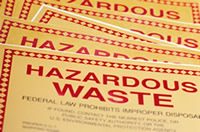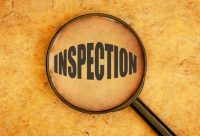Nanomaterials and TSCA—It’s the Little Things
What are nanoscale materials? Nanomaterials are chemical substances that have structures with dimensions at the nanoscale—approximately 1 to 100 nanometers (nm). To get an idea of their size, a human hair is approximately 80,000 to 100,000 nm wide. The thinking is that nanomaterials may have properties different from the same chemical substances with structures at […]










